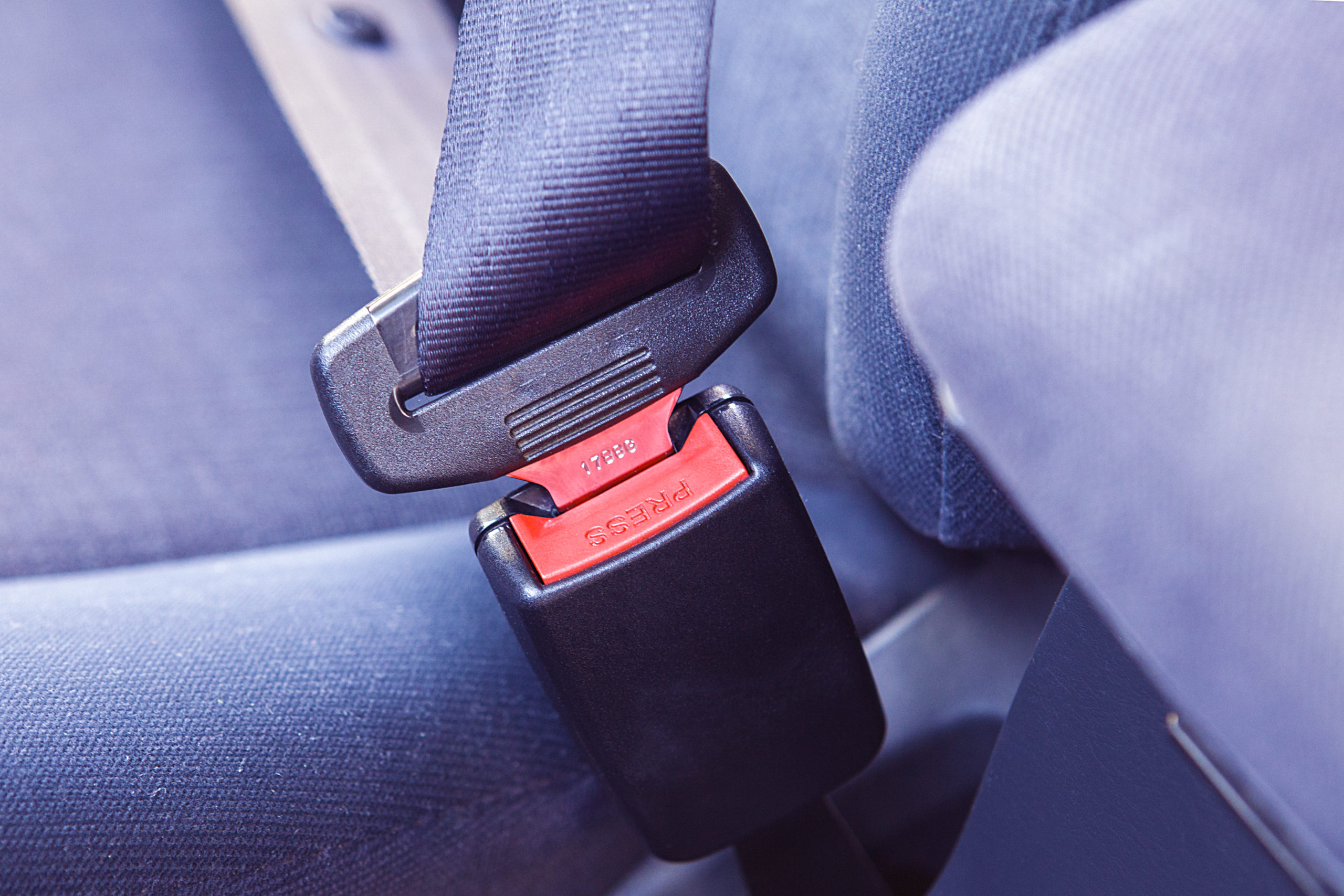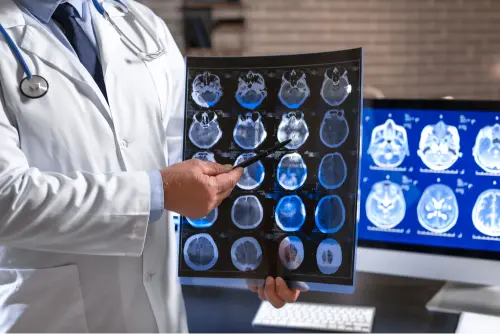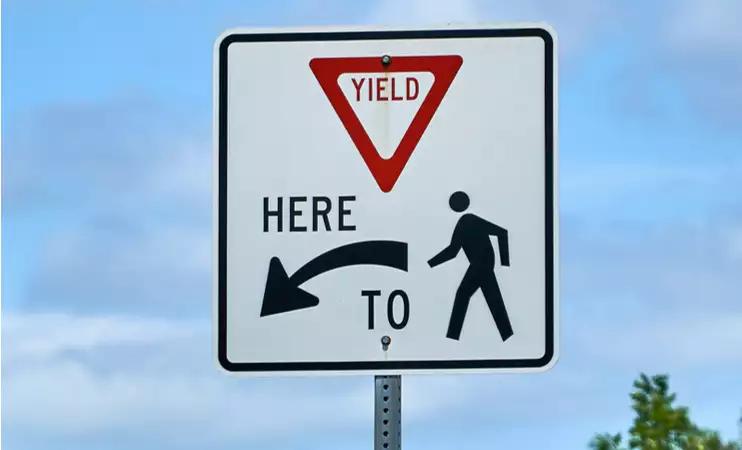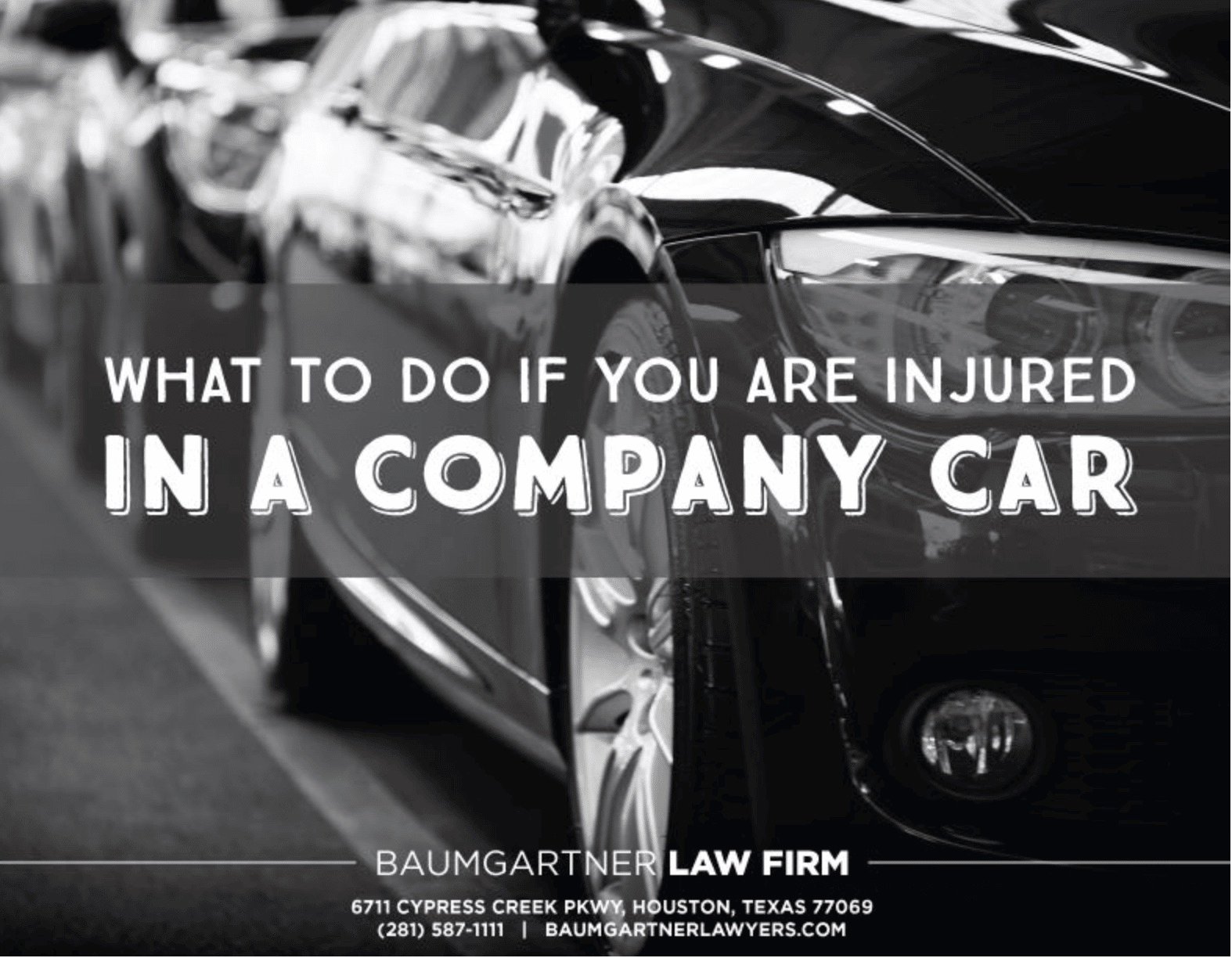Every year, thousands of people are killed or injured in motor vehicle accidents in the United States. Do I need to wear a seatbelt? The answer is yes, and for a good reason. The number of fatalities and wrongful death claims has decreased steadily over time, mainly due to the improvement of safety features in vehicles.
According to the National Highway Traffic Safety Administration (NHTSA), about half the people killed in motor vehicle crashes each year were not wearing safety restraints.
It is possible that many of these people’s deaths could have been prevented with the use of seat belts. In 2017, 37,133 people died in motor vehicle accidents in the U.S., and of that number, an estimated 14,955 lives could have been saved by wearing seat belts.
Do I Have to Wear a Seat Belt- Seat Belt Laws in Texas

Texas, like other states, has occupant restraint laws in place to protect vehicle drivers and passengers.
All occupants of a vehicle aged 15 and over must wear a seat belt when one is provided. Children under the age of 17 must be secured by either a seat belt or a child passenger safety seat system. There are several exceptions to the law.
Individuals with a medical reason can be exempt from wearing a seatbelt if they have a written statement from their physician. A person performing a job requiring frequent entry and exit to the vehicle may be exempt. These jobs include U.S. Postal Service workers, newspaper delivery personnel, and meter readers.
Penalties for Not Wearing a Seat Belt in Texas
Seat belt use saves lives. While seatbelt laws have been in place for many years, police have not always issued citations. With an increased emphasis on seatbelt safety, law enforcement officers may now stop drivers simply for failing to wear seatbelts.
The driver is responsible for ensuring that all passengers wear their safety restraints. It is particularly important for adults to properly restrain infants and children with an adequate safety seat or booster.
Failure to comply with the seatbelt law is a misdemeanor offense and is punishable by fines of up to $200. Parents may also be reported to the Texas Child Protective Services for failure to restrain their children while driving.
Preventing Injuries with Seat Belts
Seatbelts are essential for preventing serious injuries in motor vehicle crashes. Vehicle accidents are the number one cause of death for people under the age of 34.
One of the most severe injuries possible is a traumatic brain injury, which can occur when the head hits the windshield. Wearing a seatbelt will prevent your body from being ejected from the vehicle in the event of an accident.
A person wearing a seat belt is more likely to survive a rollover accident; a person who is not properly restrained will suffer severe injuries or worse. It is essential to ensure that the seatbelts work correctly and that you install a child safety seat properly.
How Does Seatbelt Use Impact a Personal Injury Case?
In Texas, the nonuse of a seatbelt can be admissible in court to demonstrate partial responsibility for injuries suffered in a car accident.
Juries in Texas are required to apportion fault in accidents. If you are found to have been partly responsible for an accident, your damages will be reduced according to the percentage of responsibility assigned.
If your percentage of responsibility is over 51%, you are precluded from damages in Texas. However, the nonuse must relate to your injury to show fault.
Read more: When Should I Hire a Child Injury Lawyer?
How Can Seat Belt Use Be Proven?
Newer vehicles all have ‘black boxes,’ which are computers that record data such as speed, braking, steering input, and seatbelt use. Often, the event data recorder will be downloaded, and an expert will be called to testify about the data if it is helpful to that side of the case.
Additionally, witnesses can testify about what they observed. For instance, if someone helped a victim out of the car, they could testify if they saw the seat belt in use.
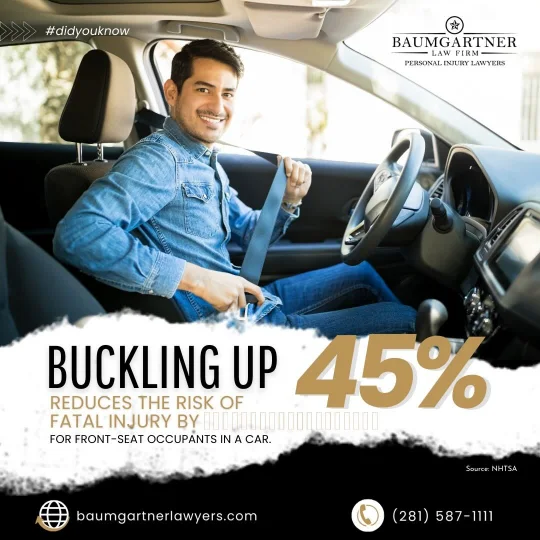
Call Baumgartner Law Firm for a Free Consultation With Experienced Accident Attorneys on Injury Claims
You might be entitled to compensation if you or a loved one were hurt in an auto accident due to someone’s negligence. The negligent driver may owe you money for medical expenses, lost wages, pain and suffering, and other damages. Talk with one of the best Houston personal injury lawyers.
Contact Baumgartner Law Firm in Houston, Texas, today for a free case consultation.
Call (281) 587-1111.
6711 Cypress Creek Pkwy, Houston, TX, 77069


